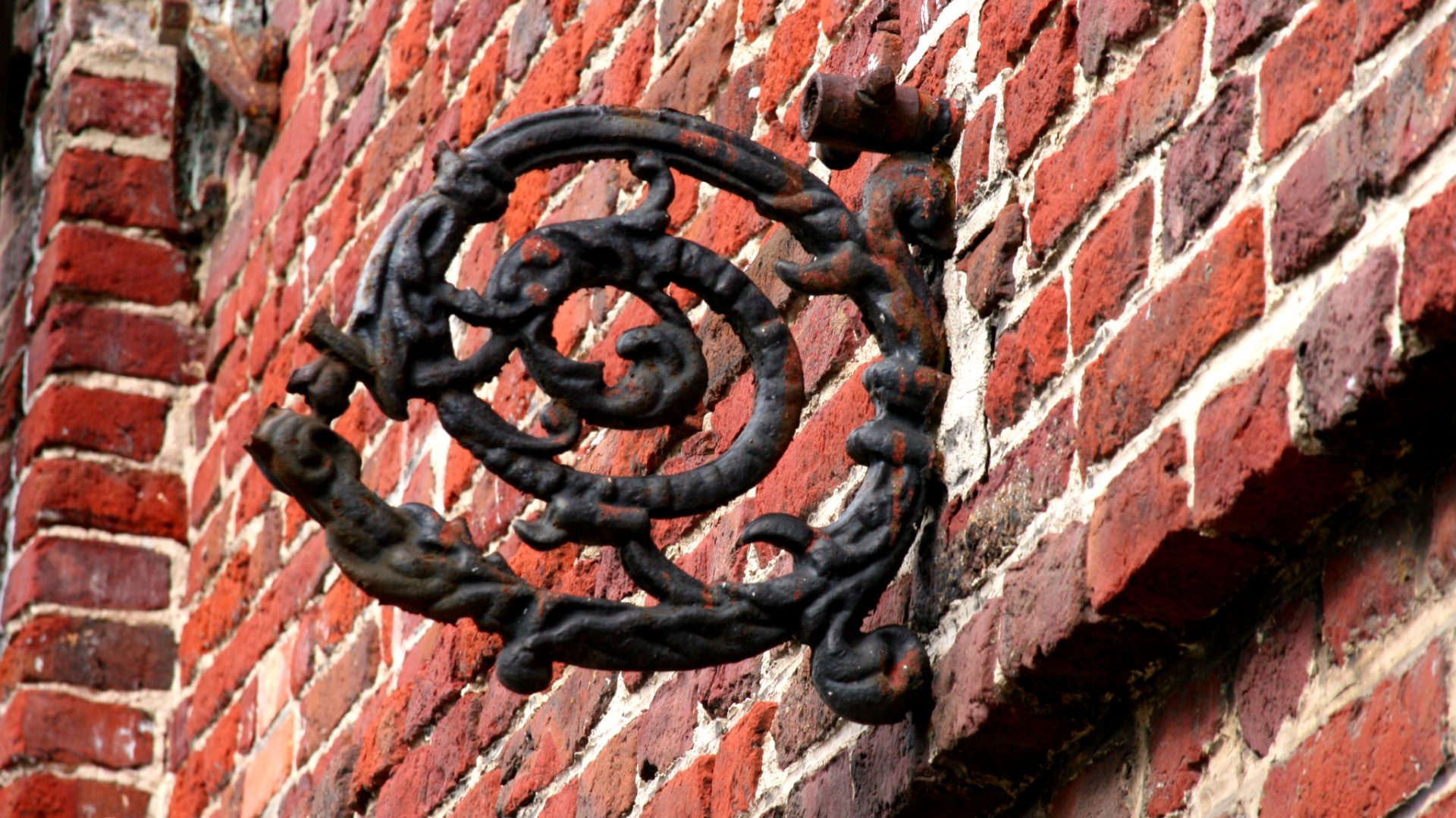 I recently read a blog post discussing Czech beers and how the beers are classified. It was completely wrong. I won’t say what or whose blog. I don’t know. I just stumbled upon it in my “Craft Beer” feed. I’m not in the business of shaming someone. I am in the “business” of trying to help people understand beer in a friendly, relaxing, and enjoyable style. Stumbling on misinformation in a beer blog, which unfortunately is all too common, provides me the opportunity to research something and then turn it into a nice informational piece for my Q & Ale segment.
I recently read a blog post discussing Czech beers and how the beers are classified. It was completely wrong. I won’t say what or whose blog. I don’t know. I just stumbled upon it in my “Craft Beer” feed. I’m not in the business of shaming someone. I am in the “business” of trying to help people understand beer in a friendly, relaxing, and enjoyable style. Stumbling on misinformation in a beer blog, which unfortunately is all too common, provides me the opportunity to research something and then turn it into a nice informational piece for my Q & Ale segment.
Q & Ale: How is beer classified in the Czech Republic?
The Czech Republic is famous as the home and birth place of the world’s most famous style of beer: Pilsner. But ask someone what else is brewed in the Czech Republic and you’re likely to draw blank stares. Last May, I had the chance to visit Prague and taste some of the many fantastic Czech beers. The beer scene in the Czech Republic is vibrant with a huge variety of brewery sizes and beer styles, including many breweries experimenting with more western styles like IPAs. And while the surge in new styles is certainly worth talking about, exploring classic Czech styles is what I want to do in this piece.
Traditional Czech beer means lagers (to learn more about lager yeast, you can read this post about the most common species of brewing yeasts). When you’re looking at a Czech menu, you’ll most likely see beers listed in very common way: (Brewery) (Color Class) (Alcohol Class) (Degrees Plato).
Color (I’ll also include the more commonly known and similar German equivalent)
- Svetlé – Pale – Classic Pilsner/Helles
- Polotmavé – Amber – Märzen
- Tmavé – Dark – Dunkel
- Cerné – Black – Schwarz
- Sometimes Tmavé & Cerné get used interchangeably as “dark beer” but when they’re done correctly the Tmavé is a bit more mellow and chocolate-y and the Cerné presents as a bit more bitter malt forward with coffee/roast malt notes.
Alcohol & Degrees (these function as a slightly more generic range than a specific alcohol)
- Lehký – Light usually around 3% ABV or 8° Plato
- Výcepní – “Draught” usually around 3.5% -4% ABV – 10°
- Lezák – Lagerbier usually 4.5% – 5% ABV – 11-12°
- This is the where the most famous of Czech beers fall: Pilsner Urquell & Staropramen
- Speziál – Special 5.5% – 6% ABV 13-14°
- 16-24° – 6.5-10% – Bock, Doppelbock, “triple bock”
- These beers are brewed in a variety of colors
Other Beer Terms
- Pivo – Beer!
- Kvasnicové – “Yeast beer” – fresh beer (wort & yeast) is put into a lager during lagering (cold condition/storage) to spark an additional fermentation. Usually cloudy.
- Nefiltrevané – Unfiltered like a German “Zwickl”
- Plzenské – Pilsner from Plzen, basically Pilsner Urquell
- Psenicné pivo – Wheat beer typically similar to Bavarian Weissebier.
Czech beer culture is more than just one beer. It’s a whole variety of beers that have evolved over time to form a unique beer culture worth further exploration. I think the biggest problem with the Western appreciation of Czech beers is two-fold. Firstly, the Czech language is unique and is pretty opaque to almost all non-Czechs. That makes it much harder to investigate their beers. Secondly, Pilsner became such an overwhelming global style that it nearly took over the world and extinguished most other styles, or at least its bastardized offspring did. This had a two-fold effect: all other Czech styles were pushed to the extreme background and the bastardized, bland Pilsner-style beers spawned the craft beer revolution which caused a long (but finally ending) mistrust of the style.
Hopefully this will shed a light on the wide variety of beers available in a Czech bar. Unfortunately or fortunately if you’re lucky enough to travel there, you’re only going to run into these beers within the borders of the Czech Republic. If you’re lucky enough to get to central Europe; make a stop in the Czech Republic, you’ll have a great time and enjoy a wide variety of beers. I know I did!
You can read more Q & Ale questions and answers here. If you have a beer questions, please use the Contact Me link here or above and ask me!
Sources:
- Czech Beer Styles and Types
- Shut Up About Barclay Perkins: Czech Beer Styles
- The Oxford Companion to Beer, edited by Garret Oliver, (Oxford University Press, 2012


One thought on “Q & Ale – How Is Beer Classified in the Czech Republic?”
Dear Mr. Barnes, your mention of black bier reminds me of why I always liked Shiner Black Lager more than other excellent examples of the Schwarz style in the U.S. Shiner’s version came out as the 97th anniversary beer, but was so popular it became a year round staple of the Spoetzl brewery. Due to its German and Czech roots, Shiner Black Lager’s recipe uses Saaz hops, keeping it in the Bohemian tradition.Great article, all my best,
TFR